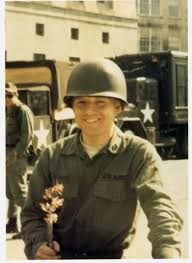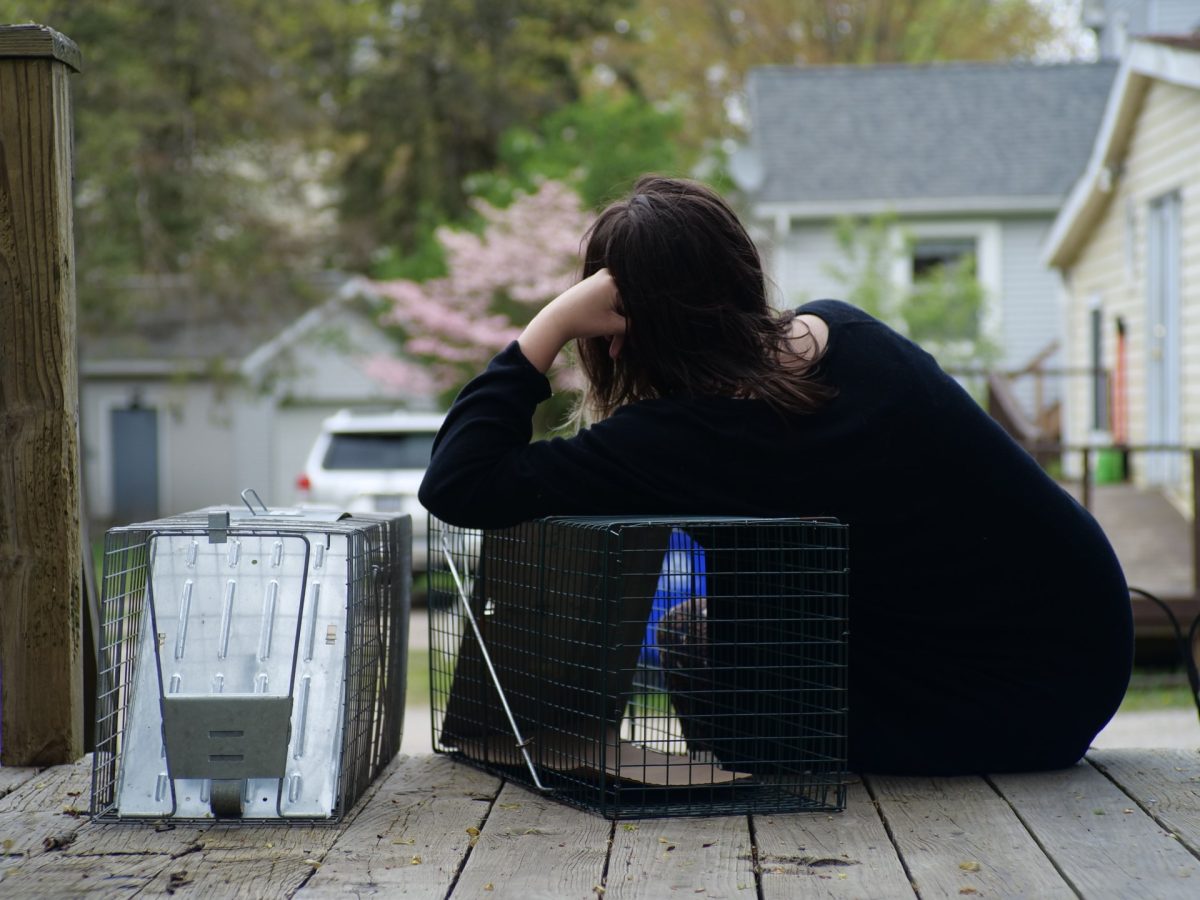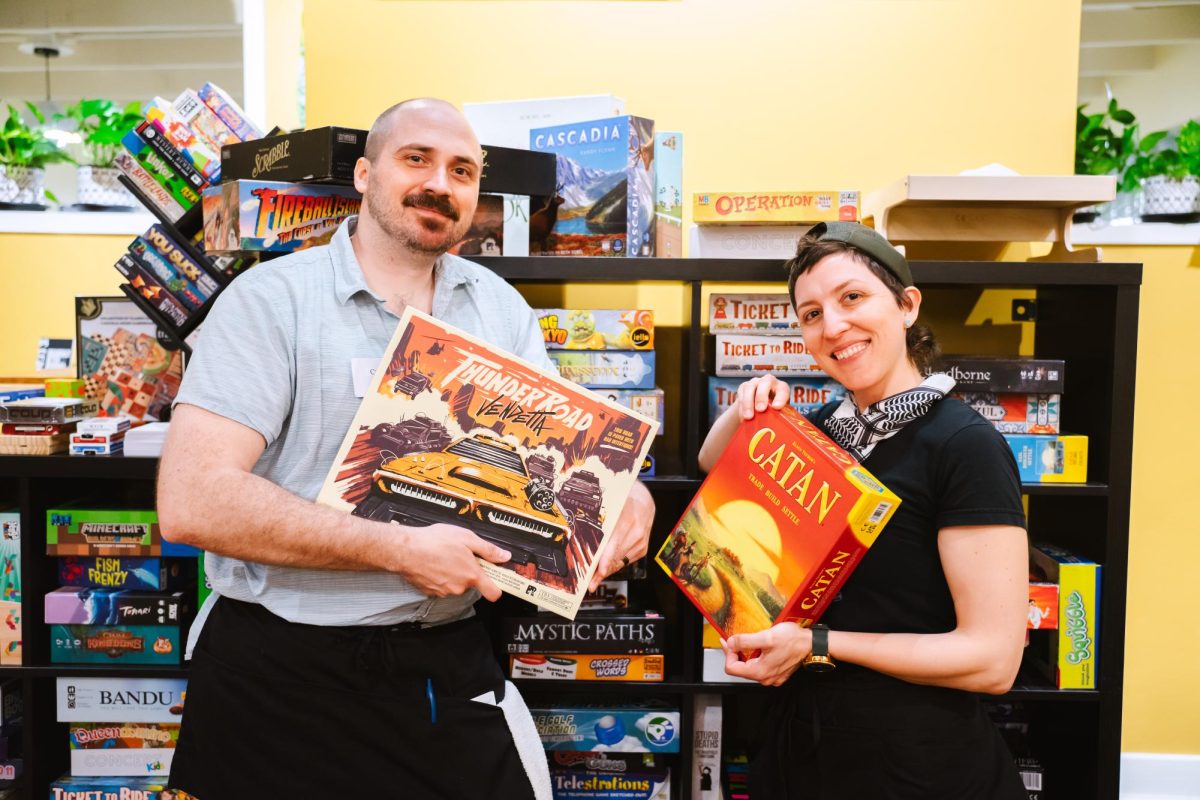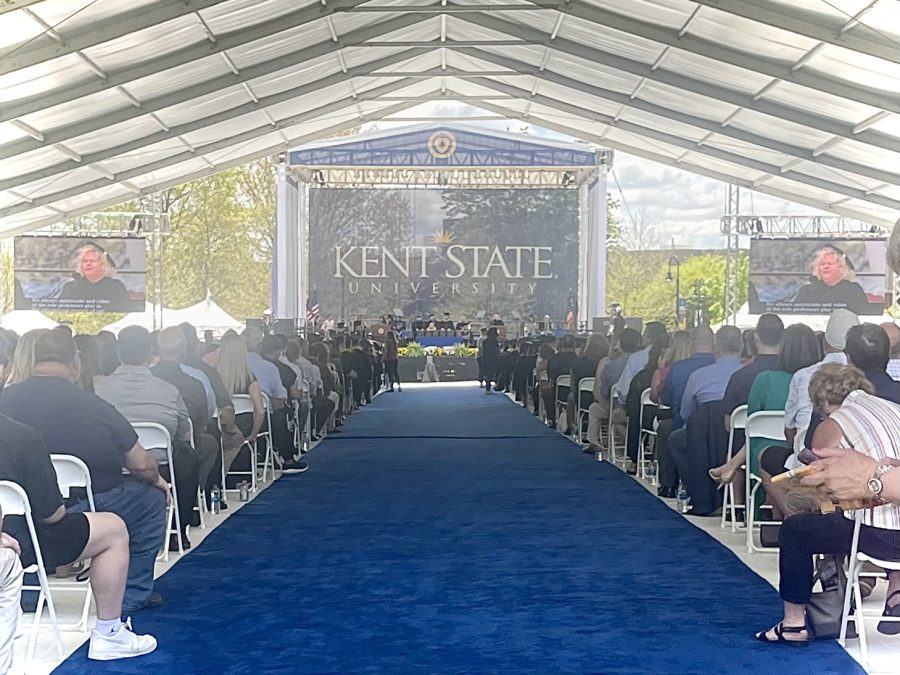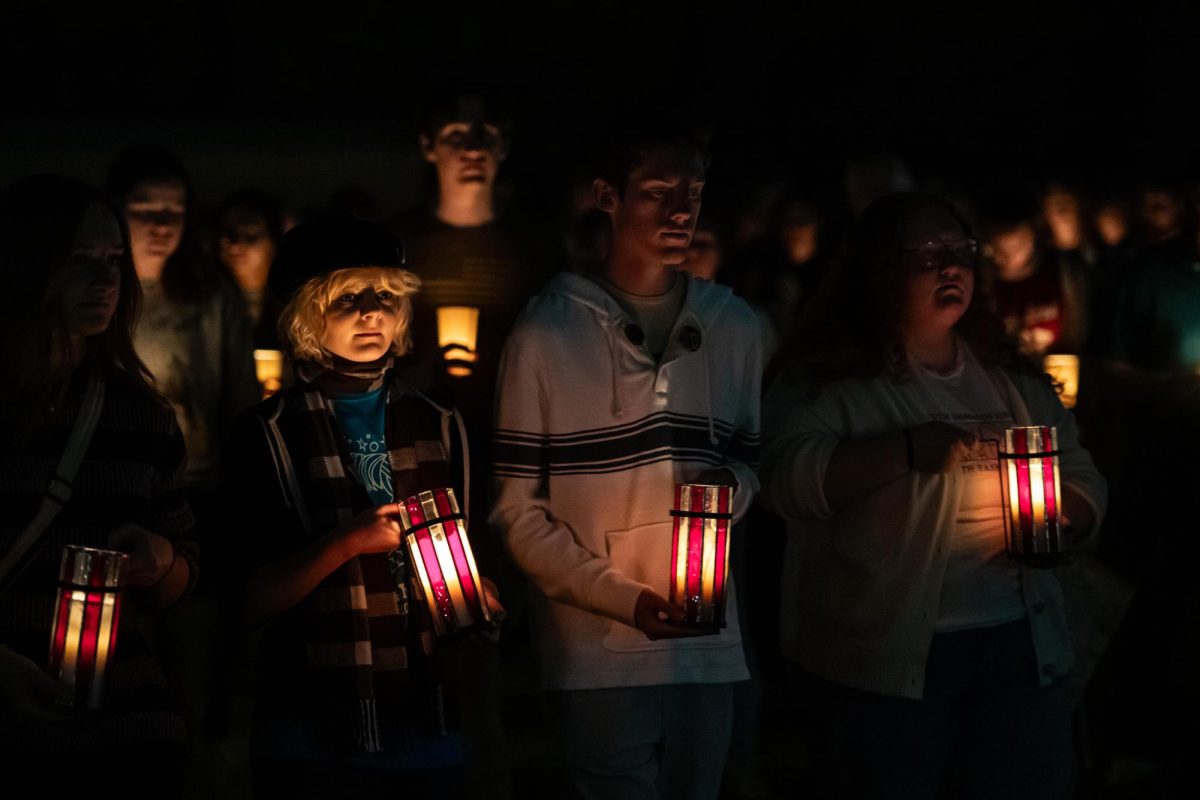Senior integrative studies major Raleigh Flanagan longed for direction and making a difference during the start of the pandemic, so she began humanely trapping and rehoming stray cats around towns including Kent, Akron and Ravenna. Since Flanagan began trapping and rehoming cats, she has helped around 180 cats. Flanagan’s love for helping cats started when her mom fostered some cats from the shelter growing up, but the trapping didn’t come until she started seeing emaciated cats around her house.
“There’s definitely some judgement when you’re new or if someone doesn’t understand the situation, it’s kind of hard to break through that, but once I started getting to know people and networking, and people knew that what I was doing was good, I got a lot more exposure,” Flanagan said. “It was just a lot easier for me to find homes.”
When Flanagan first entered college, she felt the need to help the community in some way, so she put an ad out on Craigslist, saying she would help people who have outdoor cats or pregnant cats with kittens that needed a home. This started Flanagan’s contribution to cat rescues.
Stray cats roam everywhere from streets to trailer parks and even to your backyard. An estimated 58 million stray cats live in the U.S. Outdoor cats also live much shorter lives than indoor cats. Their lifespan ranges from only 2-3 years, compared to indoor cats living 15-17 years.
Stray cats are the fourth leading cause for the decline in native species because they kill birds and other animals, but humans are responsible. The number of cats is higher than it should be because people don’t spay and neuter their cats and let them outside, Flanagan said. No-kill shelters, where many people take unwanted cats, are not as they seem because many no-kill shelters are not actually doing as they say, she said. She called it the tragedy of the commons.
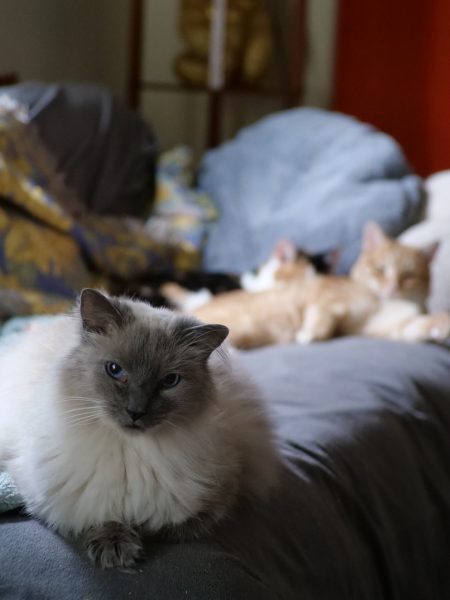
The tragedy of the commons is when a public resource is used for a cat owner’s own interests. In this case, the commons would be rescues and shelters. These were intended to keep cats off the streets, but instead they’re overrun with cats people don’t take care of and it depletes the resources because more people take than give, she said.
“There’s no-kill shelters, and a lot of people will take their pets there, thinking they’re safe, but a lot of no-kill shelters are actually not no-kill shelters, and they will euthanize for simpler things than you might think,” Flanagan said. “Like if a dog has a slight behavioral issue they’ll euthanize. If a cat has FIV, which is a livable disease, they would euthanize.”
A lot of rescues and shelters aren’t able to support the number of cats and dogs with behavioral issues in shelters, so they rely on fosters and rescues and people to step in and do those kinds of things, she said.
Flanagan first worked with a stray mom cat with six kittens after putting the ad on Craig’s list, which led her to bigger projects. She joined a Facebook page called “Weirdo Cat Lovers of Cleveland,” helping people in whatever way she could.
Riggi Rescue is a rescue Flanagan works with often. The rescue is run by Crystal Riggi, who was a mentor to Flanagan by educating her on trapping and caring for community cats. Riggi specializes in TNR – trap, neuter, release to the highest degree than most other rescues around here. TNR aids in the overpopulation of cats by ensuring there is not as much suffering and neglect going on because there are not enough homes for every cat.
“My work is emotionally and physically draining. You have to love charity and be strong enough to deal with hard decisions, people trying to work against you, etc.,” she said. “However, at the same time, it’s rewarding when I’m able to build a community that shares the same goals.”
Flanagan works with Tanya Macchiarole occasionally, a woman who does trapping and rehoming on a much larger scale than her. At the house of a family member of Macchiarole, black cats, orange cats, black and white cats and other colored cats were all in cages, saved from the streets. As they awaited their food, the cats lied there, napping and watching me as I walked through. One let me touch him, although he looked a little scared. The sicker ones were in the garage, receiving plenty of care to bring them to health.
“My heart breaks for every single cat and kitten outside. They don’t belong out there,” Macchiarole said. “TNR is very bitter sweet for me and very hard because I do not like the return part of the job, and I shouldn’t have to. People need to quit throwing out their animals. They are not disposable. They do not survive on their own.”
I wanted to see how she worked so, as we drove around the trailer park at the Orchard Estates where Flanagan traps stray cats, we talked about what it’s like for these animals. I saw bruises and scratches all over her leg from a cat the night before. Seventeen cats we saw with no home just in this one area, but the number of cats living there is much higher. At the rundown trailer park, the cats rely on the humans to supply them with food and water, which many still don’t get.
Flanagan raised $500 dollars for this trailer park through a GoFundMe to spay and neuter all the cats. There is such a high number of strays, which gets worse in the winter because the cats don’t have shelter, and the water and food freezes, so they huddle under people’s porches.
“I’m just hoping with the knowledge I’ve acquired I can just reach more people in regards to how domesticated species should be treated or just bring awareness to a very touchable subject,” she said. “It’s right in our backyards.”
In the past year, Flanagan worked on her biggest project. In an apartment complex for disabled living at the Cedar Meadows Apartments in Kent, which she found out about through Riggi, she found 40 stray cats – some friendly, some not. Some cats had missing eyeballs or feet.
And with the power of networking, the cats went to different rescues. Many went to One of a Kind Pet Rescue in Akron.
She explained the trapping process requires a live trap cage using the cat’s weight distribution baited with smelly food to trap the cat in a humane way.
“I try to fit whatever empty slot there is for whoever needs the help, and that’s just been where I’m at since I’m not a full-fledged working adult at this point,” she said.
Impawsible Mutts is another rescue Flanagan works with, from transporting cats from these rescues to shelters to advertising for cats to find homes. She learned how to trap cats and began fostering for Impawsible Mutts.
When Flanagan is at max capacity with fostering, she is educating people about cats.
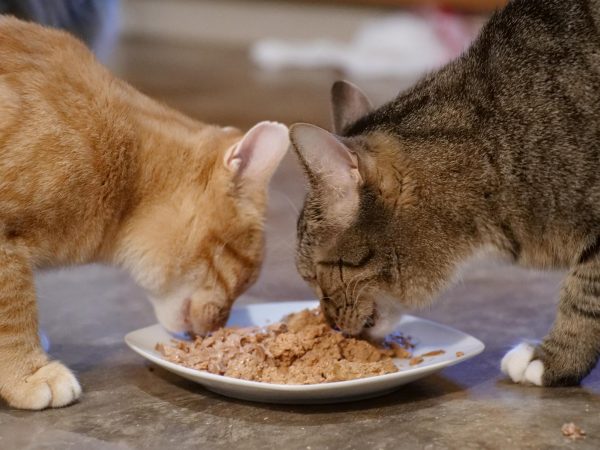
A certain amount of friction occurs between community and proactivity in vetting animals. Humans have a certain amount of responsibility to take care of these animals, she said.
“It’s not just rescuing, it’s sharing media for cats and educating people and donating and not breeding your pets, fixing your pets, vetting your pets, being ethical when you’re adopting the animal,” Flanagan said.
Flanagan hopes to focus more on enabling and educating the community because the more people who know how to trap and find resources, the better, she said.
After graduation, she also hopes to move out of Ohio, and once she finds a well paying job, she wants to open up a 501(c)(3) rescue, which is a non-political rescue organization run solely for charitable purposes.
Flanagan told me a quote a lot of people in rescues say.
“It takes an army because it’s not a problem that could be fixed by a few people.”
Editor’s note: The number of cats Flanagan found at Cedar Meadows Apartments was adjusted based on further information from the source. A scene involving Riggi Rescue was removed due to reporting errors.
Josie Burkhart is a copy editor. Contact her at [email protected].









